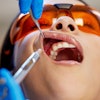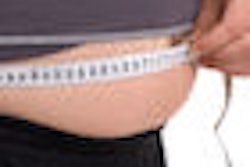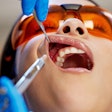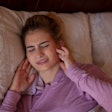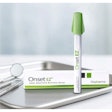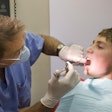
Faced with ardent opposition, the Colorado State Board of Dental Examiners (CSBDE) has delayed imposing new sedation rules that would have required 60 hours of training for dentists practicing "minimal sedation."
In other respects, the new standards would have brought Colorado more in line with the guidelines of national organizations such as the ADA. But they would have exceeded the ADA's recommendation of 16 hours of training for minimal sedation.
“It's the access-to-care issue.”
— Jennifer Goodrum, director of
government relations, Colorado
Dental Association
"It's the access-to-care issue," said Jennifer Goodrum, director of government relations for the Colorado Dental Association (CDA), summing up the opposition to the proposed change. "A lot of patients testified about why that's important to them."
The board presented the regulations as a way of enhancing patient safety, and many CDA members supported them, so the CDA itself took no position, according to Goodrum.
But a prominent Colorado blogger, Dean Rotbart, blamed oral surgeons in the state for promoting tougher regulations as a way of protecting their turf from general dentists.
And an organization calling itself Holorado - The Mile-High Cry issued a press release stating that "self-interested regulators have mile-highjacked the process to redirect patients-in-need to them and other high-priced specialists." The contact person for the press release is Mark Brown, D.D.S., of Greeley, CO, whose Web site advertises sedation dentistry. Dr. Brown did not respond to requests for comment.
The rules would have changed the categories of sedation and anesthesia. Under the current system, different standards of training apply depending on whether the dentist uses "general anesthesia and/or deep sedation," "parenteral conscious sedation," or "enteral conscious sedation."
But it's unclear how much training is required for each of these categories. In fact, the lack of clarity is what prompted the board to consider revisions, said Maulid Miskell, program director for the CSBDE. "It's difficult to follow these rules," he said. "The document is very difficult to negotiate. It became clear that we had to deal with it sooner rather than later."
The board delegated a committee composed of a pediatric dentist, a dentist anesthesiologist, an oral surgeon, and a physician anesthesiologist to write new rules. They studied the guidelines of various national organizations and drafted new regulations that would have set up different requirements depending on how deeply the patient was sedated, rather than the route by which the sedative was administered. That categorization system is the one now favored by the ADA and other national organizations.
Dentists wanting to apply local anesthesia, analgesia, or anxiolysis would have needed no special permit. Anxiolysis is defined as "an induced state of reduced anxiety during which patients' responsiveness is unaffected; protective airway reflexes, respiratory, and cardiovascular functions should not be affected and thus should not require intervention."
Dentists wanting to use either "minimal" or "moderate" sedation would have to apply for a Level I permit. "Minimal sedation" is defined as "an induced state of depressed consciousness during which patients respond normally to verbal commands; protective airway reflexes are unaffected or minimally affected and should not require intervention; respiratory and cardiovascular functions should not be affected and thus should not require intervention."
The regulations go on to define "moderate" and "deep" sedation and the terms for a Level II permit. But it is the Level I proposal that drew criticism. Some dentists -- "a small number," according to Miskell -- who were permitted to give patients oral sedation under the old guidelines would have to undergo many more hours of training to get a Level I permit under the new guidelines. They would have had two to five years to meet the new requirements, depending on when their permits were up for renewal.
After hearing from the public, the board voted last week to send the rules back to its anesthesia committee for revision. It expects to finalize a new draft by the end of August, in time for an October 21 hearing.
Copyright © 2009 DrBicuspid.com



